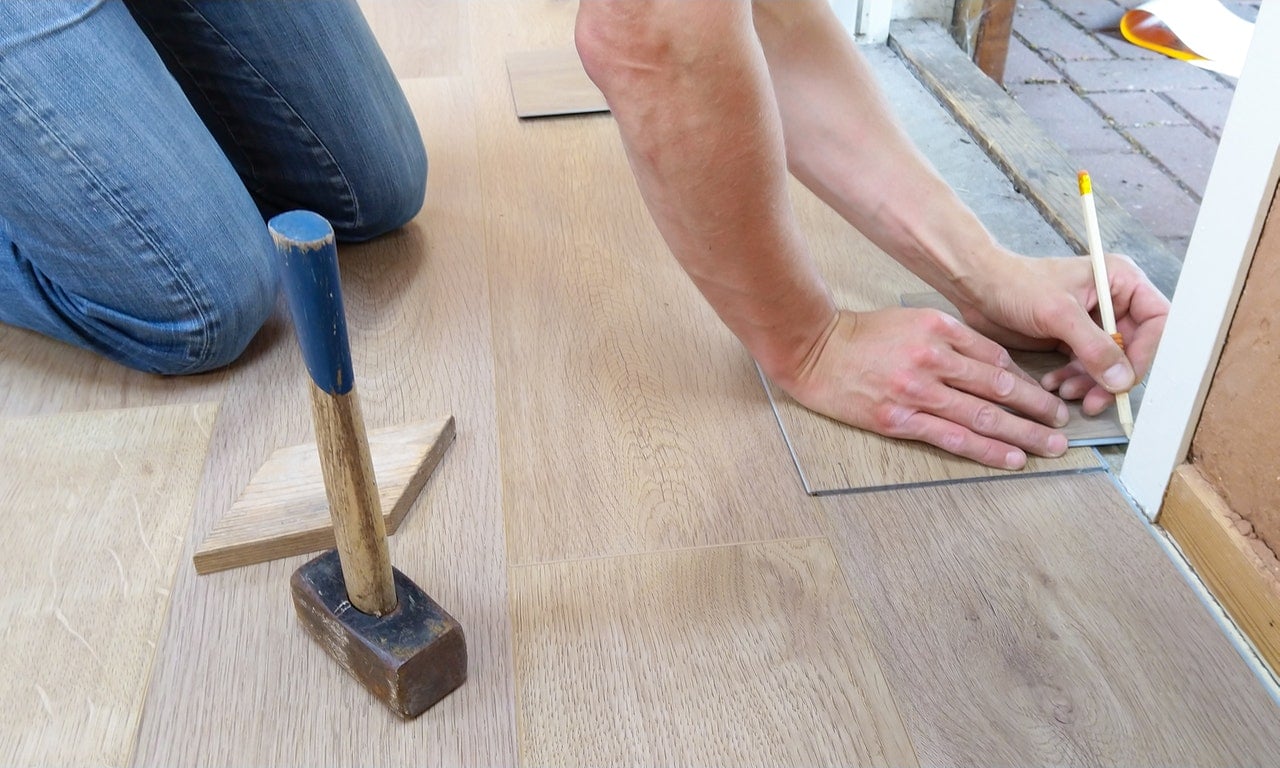Although it may seem to have been around forever, laminate flooring is a relatively new invention. If you take a look at the history of laminate flooring you’ll see that the first versions were produced only a handful of decades ago. We’ve come up with an article that delves into the history of how this wood product has taken over the world.
What Is Lamination?
The process of wood lamination is the fusing of various wood products to create a stronger finished version. Laminates have a strong, dense core composed of compressed wood fibres and glue that is backed with a moisture barrier comprised of melamine to give the board stability and structural integrity. On top of this core is a decorative layer that allows the laminate to look like wood, stone or tile. The top layer is also known as a wear layer that’s resistant to scratches, staining and fading.
Early Commercial Lamination
Commercial lamination was first developed in Sweden in the 1920s by a company that was making radios. They eventually moved onto using laminates for windowsills and countertops and finally began producing high pressure laminate (HPL) floor boards in 1979. The company, named Pergo, received a patent on HPL flooring in 1990. As strides were made in production of HPL flooring, a new process, called direct pressure lamination (DPL) was discovered in 1989. This reduced production costs dramatically, making laminated floors even more popular.
Further Developments
The click and lock system that allowed for easy installation was introduced in the 1990s. This allowed DIYers to easily install flooring themselves making the laminate flooring option even cheaper. And although the first laminated floorboards mimicked the look of hardwoods, the 1990s saw the rise of laminates that looked like stonework. A drawback of the earlier laminate floors was the amount of noise that was created when walking on them. The year 2000 brought in sound reduction technologies that alleviated this problem. Further developments in the 2000s saw textured woods, tile mimicry and better wear layers come on the market. As environmental awareness has increased the production of laminated floorboards has become more sustainable and eco-friendly.

